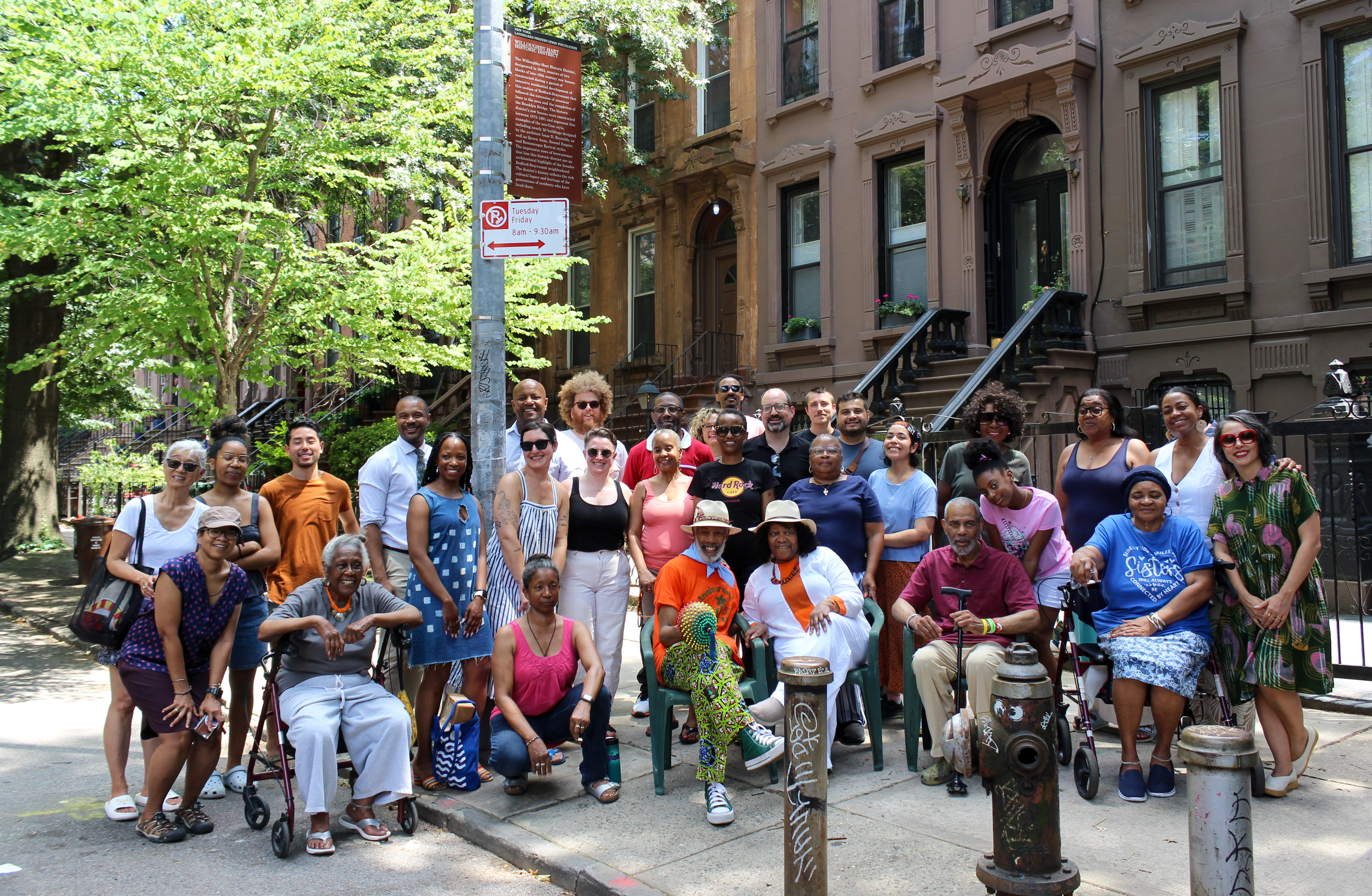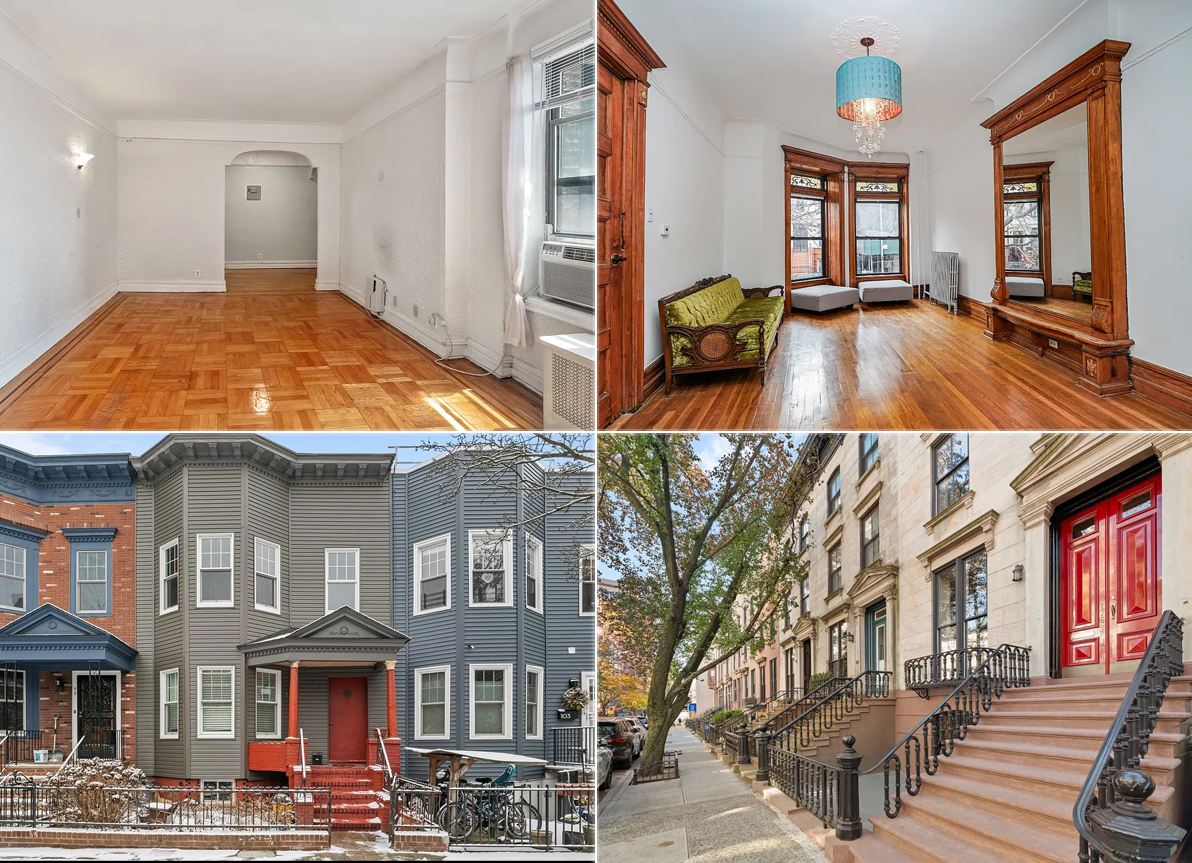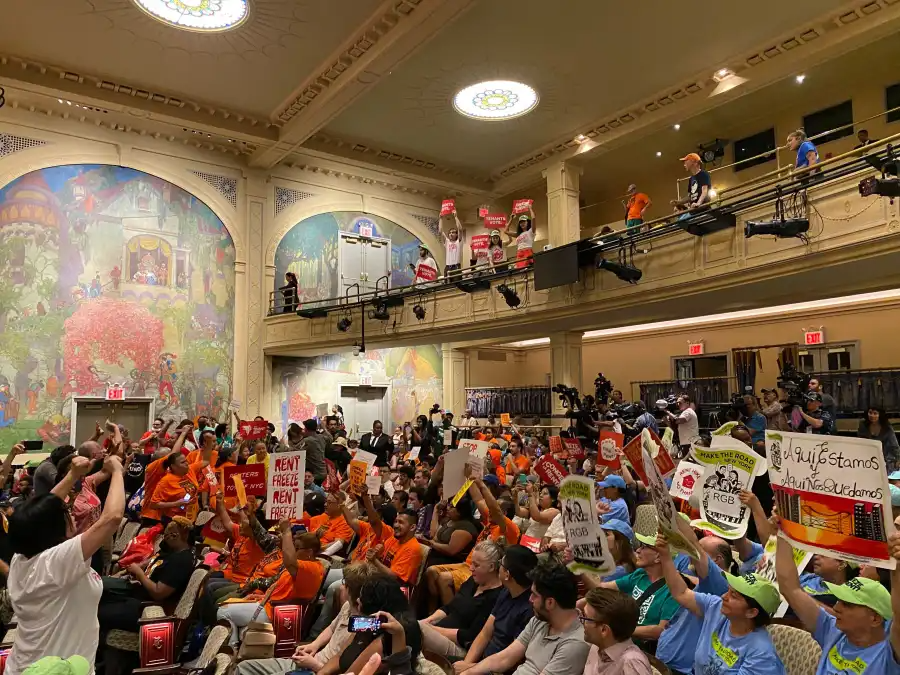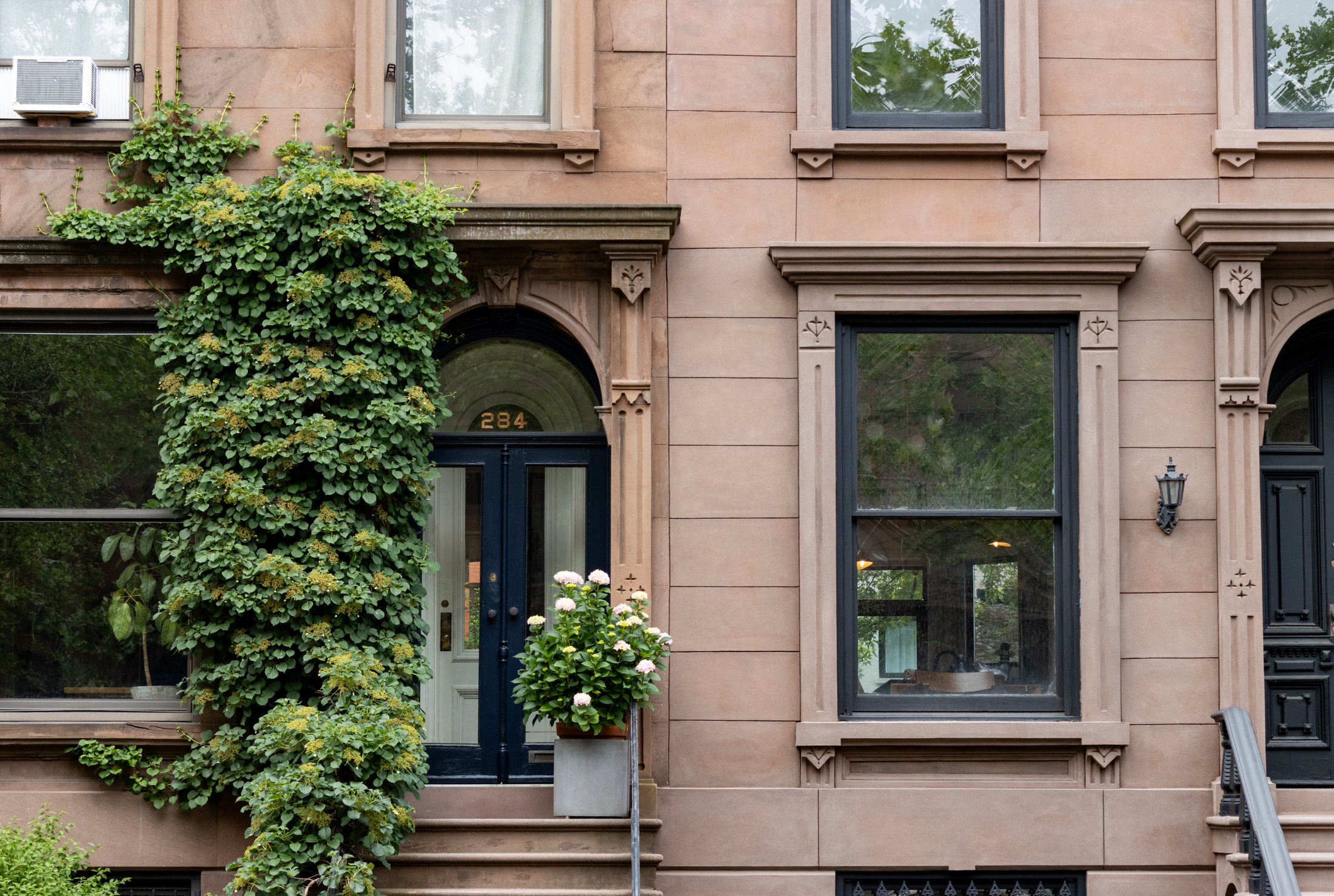Past and Present: Clinton Ave. at Lafayette
A Look at Brooklyn, then and now. The latter quarter of the 19th century saw Clinton Hill grow to be one of the most exclusive and expensive communities in Brooklyn. Clinton Avenue was the premiere street to be on, and large free-standing and rowhouse mansions lined both sides of the street. In the photograph on…


A Look at Brooklyn, then and now.
The latter quarter of the 19th century saw Clinton Hill grow to be one of the most exclusive and expensive communities in Brooklyn. Clinton Avenue was the premiere street to be on, and large free-standing and rowhouse mansions lined both sides of the street. In the photograph on the left, there is a large house on the corner with a generous side yard. To the left of it, the house next door, #321, the James Lounsbery House(1874), still stands, as does # 315 Clinton, the 1888 Arbuckle House, the one with the fourth floor dormer. In 1940, when this photograph was taken, the city was getting ready to tear down the corner house to make way for one of the five apartment towers that make up this portion of the housing built for the Navy personnel working at the nearby Navy Yard during World War II. These houses, on the south side of the complex, were for officers and their families. The enlisted men lived in the buildings further north on Willoughby. The complex was built in 1942, and was turned into affordable co-ops after the war. Today, these are the Clinton Hill Co-ops, still known for their comfortable sized apartments, and well-maintained buildings.

(Photo: NY Public Library)

(Photo: Google Maps)





Ha, you’re great Minard.
minard <3
*rob*
One of the key considerations is that the rich built their houses in the best locations; which make them the most desirable for redevelopment. Clinton Avenue is a wide street, isn’t it? That alone makes it a superior location for a high-density building. Most of the great houses along Columbia Heights bit the dust long ago because they had the panoramic views. The great houses along Fifth Avenue in Manhattan were destroyed because of the coveted address, and so on.
Of course there are also more subtle reasons. Homes like the corner one in the before photo were thought of in the 40’s and 50’s as big, gloomy, Victorian monstrosities. They were way out of style and even worse, they reminded people of a social class that was distinctly out of favor during the New Deal era. I am sure that apart from the benefits of the new buildings, the developers thought that they were performing an additional public service by tearing down the hideous old-fashioned haunted houses like that corner house.
Time has a way of changing the way people think. Today we do not think of these old mansions as monstrosities but rather as montrose-ities.
No one is denying that the construction of the housing was necessary during a time of war. I just think it’s interesting how they cherry picked what to save and what to destroy, and where that happened to take place. Obviously, the properties now owned by St. Joseph’s College would probably been spared, but they make up only a small part of the real estate on Clinton.
It is logical that in eminent domain, it’s easier to grab a large property, over multiple smaller ones, but there are other streets in the Fort Greene/Clinton Hill area that could also have been chosen. Or, for that matter, other properties along Clinton. Why not the blocks of small frame houses that I’ve featured here that you feel are of no worth, because of their location and history of being working class homes? The city has never been weepy over keeping old frame 19th century housing. It would be much easier to bulldoze that than huge mansions. (Playing devil’s advocate here. I’m glad those houses are still there.) There are swaths of blocks closer to the Navy Yard that would have sufficed. I have a feeling it’s much less simplistic and less of a “no-brainer” than you’ve postulated.
I’m not saying they didn’t make the right choices, in the long run, I’m just wondering where it came from.
One more point, regarding why they would choose to tear down the mansions in the area as opposed to the townhouses. Again, consider their options:
a) with one eminent domain proceeding, acquire a former mansion on a large lot. Given that the area was no longer rich, there were limited options for this mansion.
b) go through multiple eminent domain proceedings to enough townshouses to assemble a large enough lot. Moreover, these townhouses still might have some utility, even though the area was no longer rich.
In a time of a major war and scarce resources, this is a no-brainer.
Far too much riff-raff in this area for my taste.
The reason they tore down the mansions is quite logical: Clinton Hill was no longer a rich area at that time. You had old large mansions that would likely have been chopped up into rooming houses. The construction of modern apartments was felt to be appropriate for men at war.
For a while 315 was owned by Queen of All Saints.
I have a few, wasder. Sounds like a good Walkabout idea. Stay tuned.